Sustainable waste management is key for reaching many of the United Nations Sustainable Development Goals (SDGs). Well planned waste management aims to reduce, reuse and recycle waste. I interviewed Tony Clark, CEO of Avfall Sverige, to discuss how to make waste management more sustainable.
The average Swede generates 467 kg of waste every year. Less than 1% of Swedish household waste goes to landfills. Globally landfill amounts to 40% of all household waste. In five years global dumpsites will contribute to 10% of the global greenhouse emissions. This alarming trend can be redirected by sustainable waste management planning and by changing the way we consume. Additionally, we need to develop the quality and safety of the products we consume. The trade organization for waste in Sweden, Avfall Sverige – The Swedish Waste Management Association, aims for zero waste. How can this be possible?
Sustainable Development Goals and Waste Management
Tony Clark, CEO of Avfall Sverige, explains the complex nature of waste management and its effects on Sustainable Development Goals (SDGs).
– Good waste management helps to meet several of the global SDGs. Naturally Goal 12 Responsible Consumption and Production is at the heart of things, Clark explains.
He continues by explaining that well planned waste management reduces the spread of hazardous substances, which will help achieve Goal 3 Good Health and Goal 14 Life Below Water. Moreover, Clark explains that Goal 7 Affordable and Clean Energy can be targeted by utilising the energy content of the waste. He further elaborates that the leakage of methane from landfills is a major contributing cause of greenhouse gases, which is connected with Goal 13 Climate Action.
– Good waste management is key to meeting SDGs, Clark concludes.

Planning Waste Management
Clark further notes that waste management planning is the first step towards decreasing landfill waste. Following the steps to reduce, reuse, recycle and use remaining waste for energy will increase the circularity of our waste. Moreover, consumers can help reducing their own waste through active choices. Avfall Sverige’s campaign, invisible waste, aims to guide consumers in this regard by demonstrating how production creates waste. One thing you can learn from the campaign is that a new laptop generates 1200kg of waste that is invisible for the consumer, and a new pair of cotton pants generates 25 kg of waste. These are huge amounts of waste considering that every Swede buys 14 kg of clothes annually and throws away around 7 kg.
Towards Zero Waste
The challenges of waste management are global.
– Using legislation by putting requirements on producers and products are some of the factors that have contributed to more sustainable waste management, Clark explains.
In Sweden the more sustainable waste management measures also include setting obligations on municipalities to develop waste management plans and introducing landfill taxes. Clark continues that in the future, collection of recyclable waste by households will increase the recycling percentage further. However,a lot still remains to be done to reach SDGs.
– Companies will need to set new standards by introducing products that last longer and can be reused, repaired and recycled, Clark reflects.
New innovations and concepts are needed to create new ways of consuming. The individual citizen’s role in consumption and managing personal waste, as well as in putting requirements for sustainability on products, are vital aspects in our efforts towards a more sustainable and circular future.


